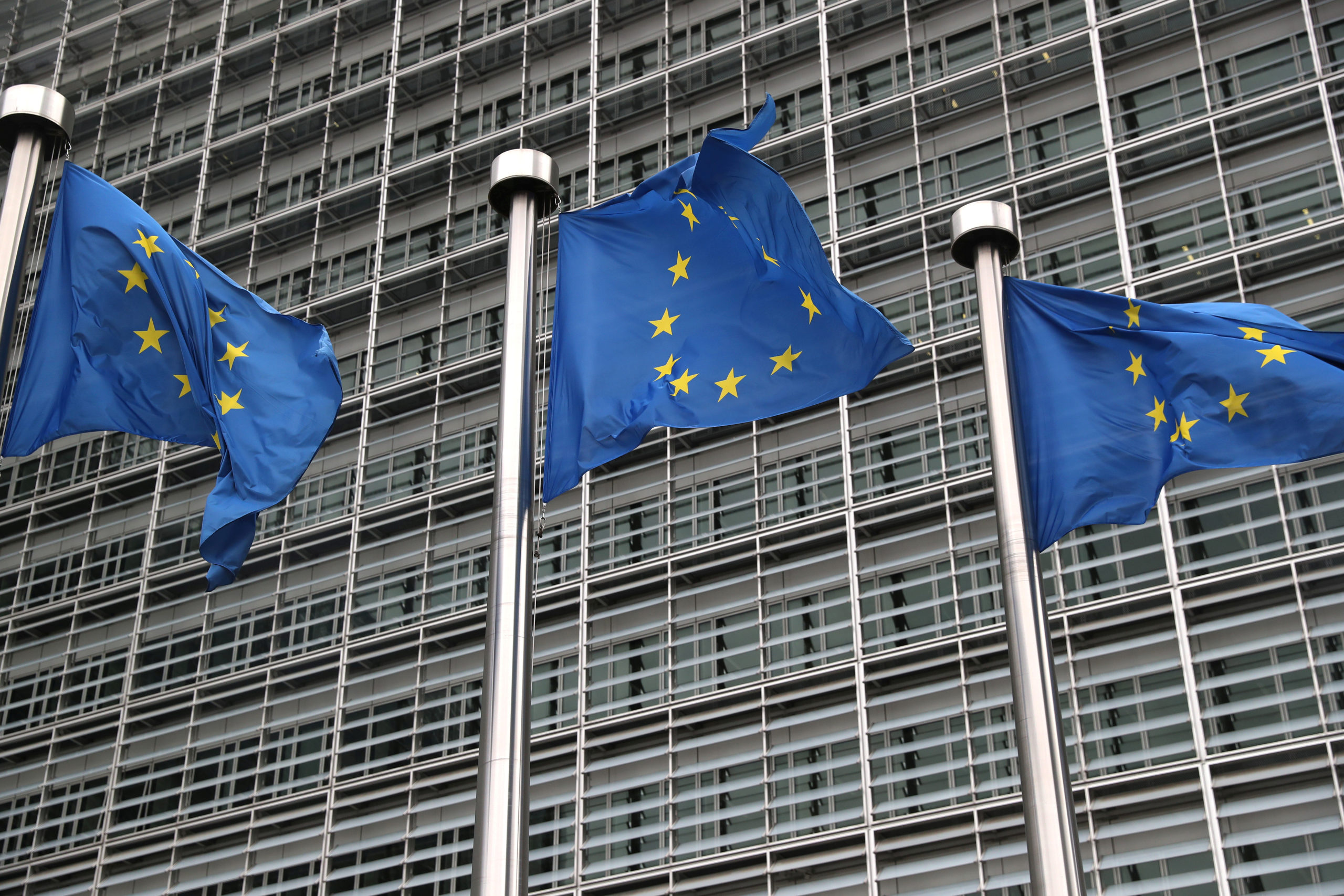European Commission holds meeting to discuss Inuit exception to seal product ban
“This is probably the most productive meeting we’ve had.”

Representatives of Greenland, the Northwest Territories and Nunavut descended upon Brussels last month for a meeting with the European Commission to discuss the future of the “Inuit and other Indigenous communities” exception to the seal product ban.
The meeting comes less than a month after the EC published a report that found the exception ineffective.
“Most people have been on the file since the inception and they said this is probably the most productive meeting we’ve had,” said Zoya Martin, the new director of Nunavut’s fisheries and sealing division.
Although it was her first meeting with the EC in this capacity, she agrees with the assessment of her international colleagues.
For Martin, it seemed like the EC understood that they need to right this wrong.
Originally hailed as a measure that would help rectify some of the issues caused by the ban, the amendment tasked recognized bodies with the responsibility to create and implement a certification system that would allow Indigenous seal products into the European Union market.
Despite creating certification systems, that’s not what has happened.
Under the exception, Nunavut exported a total of 171 ringed seal products to the EU market between Oct. 2015 and Dec. 2018.
The Northwest Territories exported none.
Last month’s report concluded by stating that the EC would organize a special meeting with the stakeholders, to further discuss the trade of seal products.
As promised, the three territories convened in Brussels on Jan. 21 for a two and a half-hour session in which each was allowed to present to the EC for 45 minutes.
“We all agreed that in general, the report was not comprehensive. It didn’t really cover questions about the intention behind the exception,” said Martin.
“Has the exception opened up markets or at least educated people so that we can open up markets? Has the exception alleviated the burden and the impact of the 2009 regulation?”
To address these concerns, the delegates from Greenland, N.W.T. and Nunavut put forward three recommendations to the commission:
- Create a working group with the recognized bodies and the EU member states, regarding the exception.
- Work with the recognized bodies to create a more comprehensive report that is needed for the EU to make an informed decision regarding the Inuit and other Indigenous communities exception.
- Develop a large fund towards which Inuit and other Indigenous communities who felt the impacts of the seal ban could apply for money to redevelop skills and cultural activities.
The EC declined all three of the requests.
Despite this, the mood in the room was optimistic.
“They acknowledged the fact that there is a problem,” said Martin.
“They’re looking into avenues, according to their regulatory policies and legislation, where we, as recognized bodies, could access the EU to provide information to highlight issues.”
Until this point, that feedback process consisted of a one-page questionnaire the stakeholders would submit to the EC every four years, which was then incorporated into the report released last month.
“All communication, from my understanding, is really EU-driven. So when they wanted to talk to a recognized body, when they had a question or when they needed something done they would initiate the conversation,” Martin said.
“Thankfully I think it was heard by the EU that we need some more open dialogue.”
Martin also acknowledged that these conversations will also occur at home with the hunters and crafters.
“So if people want to watch their social media over the next six months perhaps there will be some larger meetings where we can really talk to Nunavummiut about what they would like to see done with their sealing industry.”